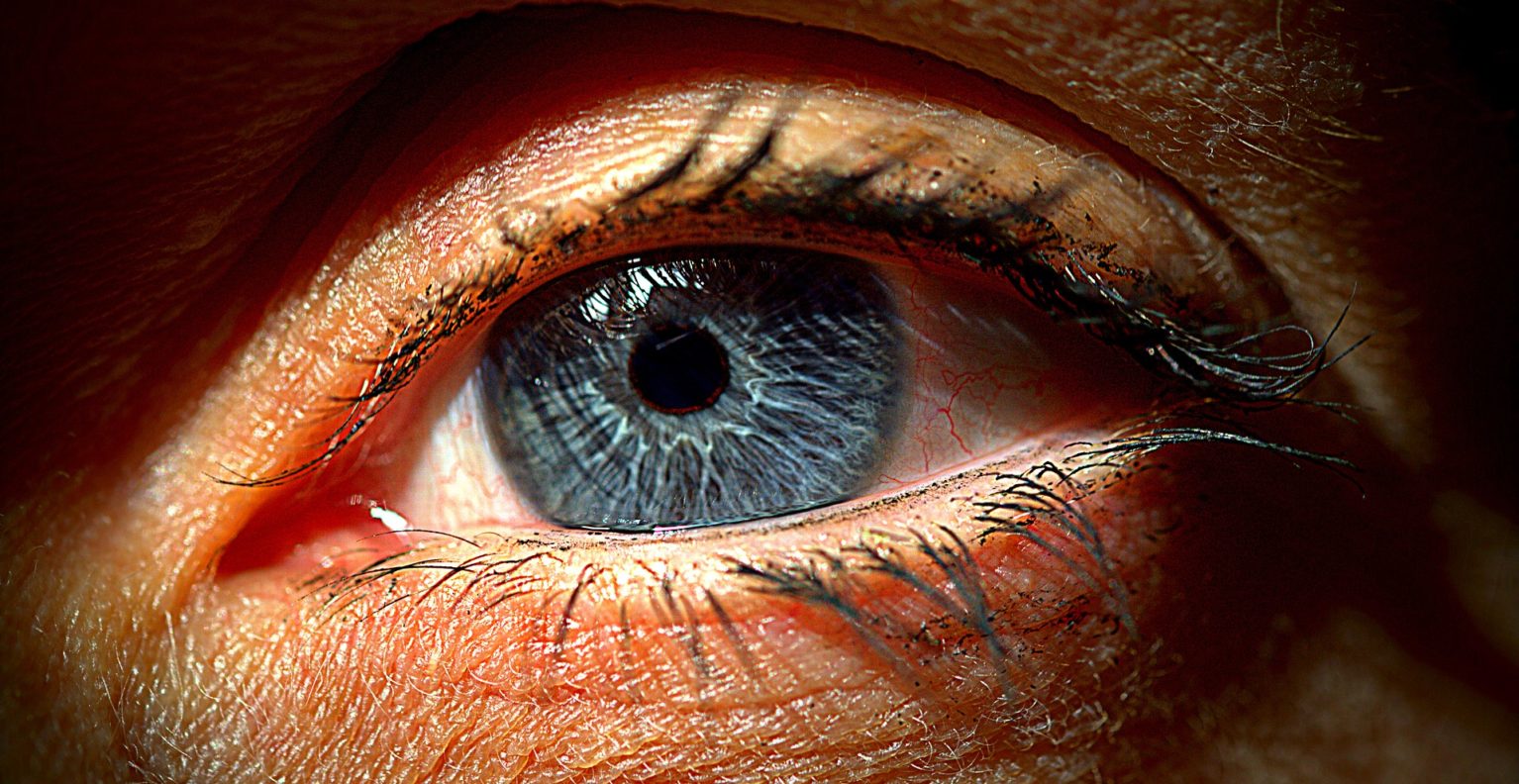We know the idea of having an injection in your eye can sound scary, but for many retinal diseases, it is the only way we can deliver potentially sight-saving medicine where it is needed in the back of your eye.
Called an intravitreal injection, it is most commonly used to deliver anti-VEGF drugs (Avastin, Lucentis, Eylea) or steroids for the treatment of retinal conditions like age-related macular degeneration, diabetic retinopathy, retinal vein occlusion and uveitis. Eye injections are also used to deliver some of the newer medications for geographic atrophy (GA). Less common use of these injections includes the delivery of antibiotics, anti-fungal and antiviral drugs to treat infections. In addition, an injection is sometimes used to insert a small gas bubble to help repair a retinal detachment.
During the Injection
Injections are given in the office by one of our experienced retina physicians and only take about 15 minutes. You should arrange for someone to drive you to and from your appointment.
To minimize any discomfort from an eye injection, topical antibiotic drops or gel will be used, and in some cases, a painless surface injection of lidocaine may be added. Patients may feel a light pressure or a slight burning sensation from the antiseptic used to clean the surface of the eye and reduce the risk of infection.
You will be asked to look in a particular direction during the injection. A tiny, very thin needle is used and is inserted through the sclera — the white part of your eye — typically in the lower, outer part.
After the Injection
After the injection, your Texas Retina Associates physician will clean your eye to remove the antiseptic and will also check to make sure there are no complications. Your intraocular pressure can temporarily rise but usually returns to normal within a few minutes. Your doctor may check this pressure before you leave to go home. We will schedule you for a follow-up visit which typically occurs within 4-6 weeks after the injection.
You may experience heavy tearing or mild redness for a day or two after the injection. You may also feel like something is in your eye which can be a reaction to the very low-dose iodine solution used to clean the eye. Artificial tears can help to alleviate any dryness or irritation.
Occasionally, there can be a small subconjunctival hemorrhage (a spot of bleeding) on the surface of the eye where the needle entered and broke a blood vessel. This is painless and usually heals on its own within a week or two.
Typically, there are few restrictions following an intravitreal injection. To reduce the very small risk of infection, you should not place a contact lens in the injected eye until the following morning or swim on the day of the injection. Please contact us if you experience any of the following symptoms:
- Significant eye pain after the injection
- Any significant decrease in vision
- Increased swelling or eye discharge
- Persistent floaters (However, it is common to have a tiny, sterile air bubble in the eye immediately after an injection. This will be perceived as a mobile small circle at the bottom of the visual field and usually disappears by the next day.)
Repeated Injections
To treat chronic retina conditions like age-related macular degeneration, diabetic macular edema or retinal vein occlusions, you may need to have regular, repeat injections. Your Texas Retina Associates physician will work with you to determine the best treatment plan and frequency of injections for your specific condition.
Click HERE to watch a video of Texas Retina’s Nikisha Kothari, MD, explaining more about what to expect from an eye injection.


